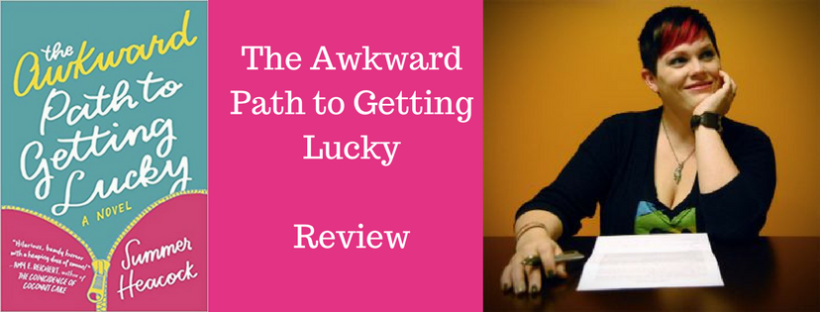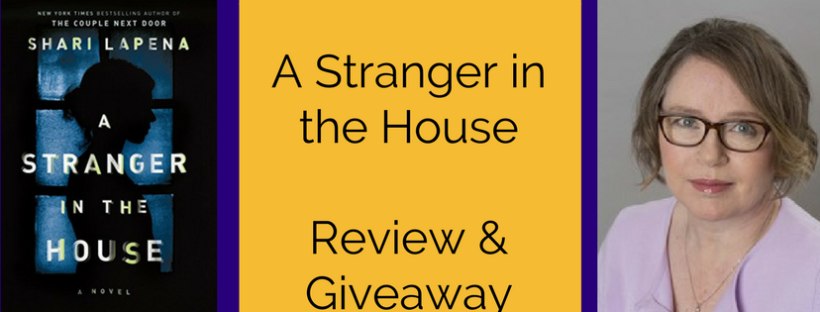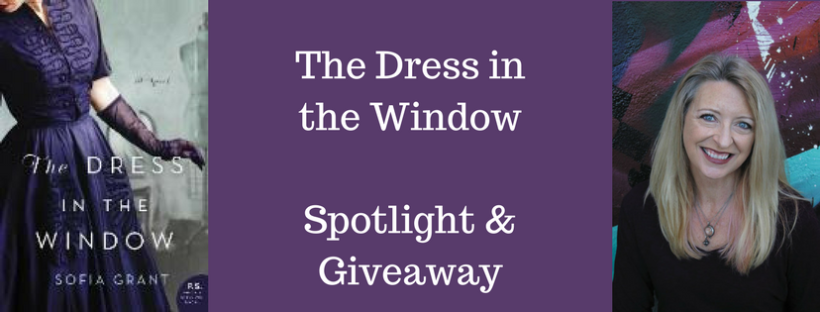From the Back Cover:
World War II has ended and American women are shedding their old clothes for the gorgeous new styles. Voluminous layers of taffeta and tulle, wasp waists, and beautiful colors—all so welcome after years of sensible styles and strict rationing.
Jeanne Brink and her sister, Peggy, both had to weather every tragedy the war had to offer: Jeanne without the fiancé she’d counted on, Peggy now a widowed mother, both living with Peggy’s mother-in-law in a grim mill town. But despite their gray pasts the sisters strive for a bright future—Jeanne by creating stunning dresses for her clients, with the help of Peggy’s brilliant sketches.
Together they are able to create amazing fashions and a more prosperous life than they’d ever dreamed of before the war. But sisterly love can sometimes turn into sibling jealousy. Always playing second fiddle to her sister, Peggy yearns to make her own mark. But as Peggy and Jeanne soon discover, the future is never without its surprises, ones that have the potential to make—or break—their dreams.
Here’s an excerpt:
Jeanne
Nancy Cosgrove had seen the gown made up in taffeta in Vogue, and taffeta was what she had to have. Jeanne made a muslin first, at Nancy’s insistence, even though muslin could never stand in for the stiff, slippery hand of the real thing. The muslin’s skirt hung around Nancy’s lumpy hips like wet rags and Jeanne thought she’d finally come to her senses—but Nancy just went home to get her crinoline. It made only a slight improvement: the muslin spread out over the stiff underskirt like leaves floating on a pond. But Nancy took herself across the river to the city, where she found a bolt of emerald green moiré taffeta in a shop at the corner of Fourth and Fulton.
When she brought it back, the bolt of fabric sitting in the passenger seat of her garish two-tone Packard Clipper like a visiting dignitary, it occurred to Jeanne that Nancy might still be trying to one-up her, even after everything that had happened. Never mind that Jeanne slept in the unfinished attic of the narrow row house that she shared with her sister and her niece and Thelma Holliman. She suspected that there was a part of Nancy that was stuck back at Mother of Mercy High School, where Jeanne had sailed like a swan through adolescence, winning top marks and courted by a steady stream of St. Xavier boys. By contrast, poor Nancy had been as awkward as a stump, beloved by no teacher, no suitors, and none of the other girls.
Jeanne tried not to hold this belated vengefulness against Nancy: they badly needed her money. Still, Nancy had no head for sums, and there was not enough fabric on the bolt for the New Look dress she had hired Jeanne to sew for her. Unlike the wide bolt of unbleached muslin that Jeanne kept on a length of baling wire on Thelma’s back porch, the taffeta that Nancy brought back was only forty-eight inches wide—a scant forty-eight inches at that, the selvages taking up the better part of an inch on either side. Jeanne could barely cut a skirt panel from it—even with Nancy’s oddly short, bowed calves—and only by forgoing the deep hem she’d planned in favor of an understitched facing.
Jeanne had been up the night before until nearly three in the morning, hand-tacking that facing with a single strand of superfine Zimmerman and a straw needle. When she finally went to bed, she had an unsettling dream. It had been months since she’d dreamed of Charles, but suddenly there he was, wearing a hat that had hung on a nail in the carriage house of his parents’ estate in Connecticut, a western style of hat that his father had brought back from a trip to Montana.
But in the dream Charles frowned at her from beneath its broad brim, while he pressed his hands to his stomach, trying to stanch the blood pouring from the hole in his side, while all around him in the trenches of Cisterna, his fellow Rangers were felled by the German panzers. Only six of them came home, out of more than seven hundred—but
Jeanne didn’t care about any of them. She would have traded them all to have Charles back.
War had made a monster of her, and there was nothing she could do about it—except to sew. A stitch, another, another. In this way the minutes and hours passed.
Peggy
It was well past time to turn out the light and get some sleep, but Peggy didn’t set the square black Conté crayon down. She took a dainty sip of the bitter, cold coffee left over from the morning—yesterday morning, to be accurate, since it was nearly one-thirty—and made a bold, broad stroke down a fresh piece of newsprint. The piece of wood she’d rigged as an easel—taken from a cabinet face from a building being torn down around the corner—shifted on the bolster on which Peggy had propped it. Too bad they didn’t know any carpenters who might make her a real easel, Peggy thought grimly. Too bad they didn’t know any useful men at all.
On her little mattress not three feet away, Tommie shifted and rolled, her rosette lips pursed. She was a restless sleeper, as she had been a restless baby—she’d
come into the world uneasy, as though she knew already that she’d be denied a father, denied the perfect charmed life that Peggy had promised her many months earlier, when she’d first made her presence known on a prodigious wave of nausea, harbinger of the difficult pregnancy to come.
No, nothing about Tommie was easy, and sharing a room with her—and yes, Peggy knew she was lucky to have a room at all, with her sister making up a bed each night in the freezing attic—was a daily torment.
Another curving black stroke of the crayon, to meet the first. In those two lines were the suggestion of the back, the shoulders, the curve of the hip. Peggy glanced at the latest issue of Vogue, open to a spread titled “The New Blouse-and-Skirt Formula,” featuring full-circle skirts nipped in tight over balloon-sleeved blouses. The first wave of outrage over Dior’s new look seemed to have abated, silenced, perhaps, by the unstoppable tide of women hungry for a bit of glamour. Peggy could sympathize. The wartime fashions, made severe and scant by textile regulations dictated by the War Production Board—had looked all right on angular, thin women like her sister. But on curvy Peggy, they looked downright ridiculous.
She sketched soft, feathery strokes to suggest a full skirt like the one in the Vogue layout. Underneath the skirt, there would be structured layers of tulle to give it shape, but her drawing would only show the fanciful outline, like a bell, with satin pumps peeping from the bottom. Peggy could wear such a skirt—if she had anywhere to go. She had retained her small waist even after Tommie’s birth, and her bosom remained high and generous. She was still making do with her corset from two years ago, but if she could afford one of the new French-waisted ones, with the tabs that could be cinched tightly . . .
 About the author:
About the author:
Called a “writing machine” by the New York Times and a “master storyteller” by the Midwest Book Review, Sofia Grant has written dozens of novels for adults and teens under the name Sophie Littlefield. She has won Anthony and RT Book Awards and been shortlisted for Edgar, Barry, Crimespree, Macavity, and Goodreads Choice Awards. Her latest novel, THE DRESS IN THE WINDOW (William Morrow, July 2017) explores the lives of three women who break into the fashion industry after the end of WWII. Visit www.sofiagrant.com for more information.
The kind folks at William Morrow have one copy to give away to a lucky reader. U.S. only, please. Enter on the Rafflecopter.




 About the author:
About the author:
 About the author:
About the author:
 About the author: Laurie Gelman was born in Ottawa Canada and realized her life long ambition to be an author at the ripe old age of 52.
About the author: Laurie Gelman was born in Ottawa Canada and realized her life long ambition to be an author at the ripe old age of 52.